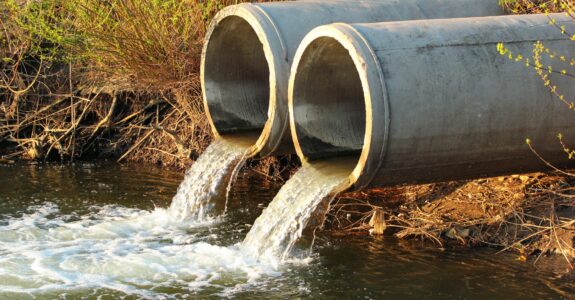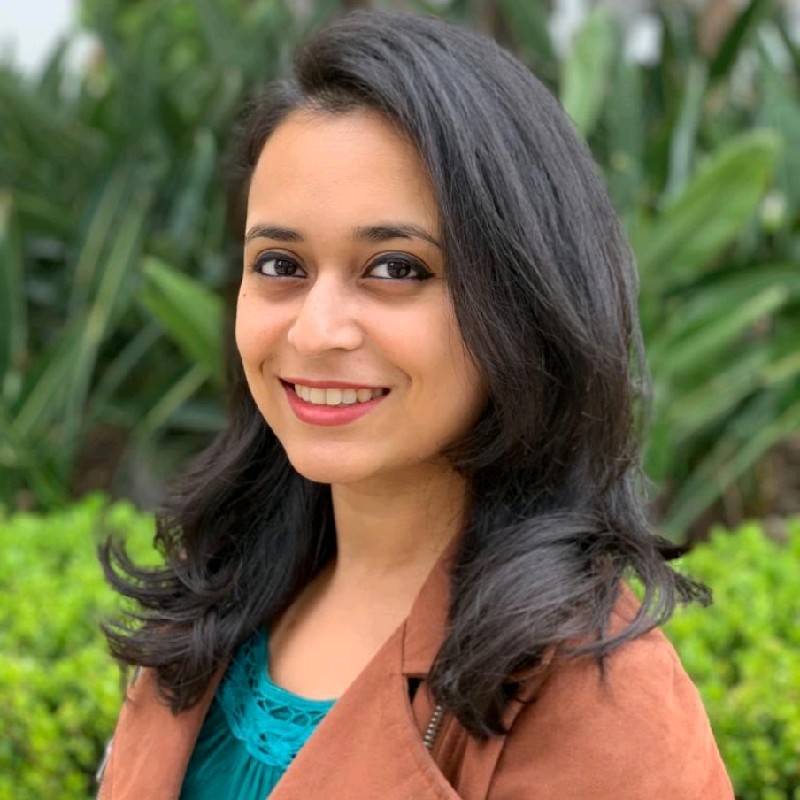
10 Key Updates to the Industrial General Permit You Need to Know in 2025
January 10, 2025
By: Sohini Bagchi, QISP and Cesar Santana, QISP
Did you know that only 38% of industrial facilities are currently meeting the Qualifying Storm Event (QSE) sampling requirements? For industrial facility managers, environmental compliance officers, and stormwater professionals, staying compliant with the evolving stormwater regulations is essential. We want to ensure you’re well-informed about the upcoming changes to the Industrial General Permit (IGP).
Our team of Qualified Industrial Stormwater Practitioners (QISPs) had the opportunity to attend the annual California Stormwater Quality Association (CASQA) Conference in October 2024. It was an enlightening experience, packed with valuable insights provided by the State Water Resources Control Board (SWRCB) and the Regional Water Boards. Here are the top 10 updates you need to know:
1) Timeline for Modifications
At the conference, the State Water Resources Control Board (SWRCB) outlined a timeline for revising the IGP:
- Spring 2025: An informal draft is expected to be released.
- Late 2025: After revisions and the release of a formal draft, the IGP updates may be considered for adoption by the end of the year.
2) Stormwater Sampling Requirements
We learned that only 38% of discharges are currently meeting the Qualifying Storm Event (QSE) sampling requirements, and 20% of facilities aren’t sampling any QSEs. The new proposed requirements aim to address this issue:
- Facilities must mandatorily collect a stormwater sample from the first QSE of the reporting period.
- Sampling data will now be submitted as part of the Semi-Annual Reports, replacing the previous Ad Hoc Monitoring Reports.
- Facilities will need to provide justification for not sampling at each individual monitoring location.
3) No Discharge Report
One significant update is the introduction of the ‘No Discharge Report’ to prevent facilities from bypassing sampling requirements:
- Facilities must submit supporting data when they cannot collect a sample.
- The report should include evidence, such as rain gauge data, to validate their claims.
- Clear guidelines will address sampling requirements for facilities that close during QSEs.
- The frequency of “No Discharge” reports is still being determined but may be required semi-annually or annually.
4) No Exposure Certification
The Water Board is considering integrating No Exposure Certifications (NECs) into the Notice of Non-Applicability (NONA) process:
- The annual NEC recertification may be replaced by filing a NONA once, simplifying the process.
- Annual fees for NEC recertification may be eliminated unless required by regional boards for specific facilities.
5) Compliance Groups
Changes to compliance groups aim to ensure consistency and accountability:
- A minimum number of members will be required to form a compliance group. The minimum number has yet to be determined.
- Responsibilities for group leaders will be clarified, including QISPs designated by the group leaders being able to conduct annual facility inspections
Restrictions and Reports:
- Compliance groups will no longer qualify for Sampling Frequency Reduction (SFR).
- Facilities in Level 1 or 2 status must take at least four samples annually.
- Group-level Exceedance Response Action (ERA) reports will be eliminated; facility-specific ERA reports will be required.
- Annual compliance group reports will be mandatory.
6) Sampling Frequency Reduction
Approval Requirements
- SFR does not currently need prior approval from the SWRCB, but the updated IGP will require explicit approval from the SWRCB.
Restrictions
- Facilities subject to Numeric Effluent Limits (NELs) will not be eligible for SFR.
7) Numeric Action Levels
Updates to Numeric Action Levels (NALs) will align with the 2021 Multi-Sector General Permit (MSGP):
- The inclusion of per- and polyfluoroalkyl substances (PFAS) NALs is under consideration, though high analysis costs are a challenge.
- California may follow the MSGP’s lead in removing iron and magnesium due to insufficient evidence of toxicity.
8) Numeric Effluent Limits
Feasibility Concerns:
- The SWRCB is debating the feasibility of the NELs. Facilities may either need to adopt advanced Best Management Practices (BMPs) or comply with water-quality-based limits to meet NELs.
- The SWRCB may consider incorporating elements of the Scrap Metal Recycler General Permit and 2021 MSGP.
Additional Considerations:
- Changes to 303(d) listings and Total Maximum Daily Loads (TMDLs) remain undecided.
- Groundwater Secondary Maximum Contaminant Levels (MCLs) for infiltration (Compliance Option) may be removed.
9) Best Management Practices
SMARTS Integration
- BMPs will need to be documented for each monitoring location on the Stormwater Multiple Application and Report Tracking System (SMARTS).
10) Infiltration Policy
Concerns:
- There is minimal pretreatment at most facilities and also deficient BMPs before runoff enters the infiltration system.
- There is a lack of maintenance of the infiltration systems.
- There is a risk of shallow groundwater returning to rivers and surface water.
Groundwater Compliance:
- Secondary MCLs for groundwater in the infiltration option (Compliance Option- IGP Attachment I) may be removed.
- The State Board’s Trash and Infiltration Policies, currently in progress, will influence the IGP.
The upcoming changes to the IGP present both challenges and opportunities for your facility to improve its environmental impact. By understanding and implementing these key updates, you can ensure your facility remains compliant and contributes positively to our water quality.
If you need assistance navigating these changes or ensuring your compliance strategy is robust, don’t hesitate to contact our team of Qualified Industrial Stormwater Practitioners (QISPs).
 Sohini Bagchi, QISP
Sohini Bagchi, QISP
Project Manager
Ms. Bagchi has over seven years of experience in environmental permitting and compliance that includes stormwater compliance, hazardous materials and waste management, and environmental site assessment. Currently she serves as an environmental engineer and project manager providing multimedia consulting support to a variety of industries including solid waste, food and beverage, oil and gas, manufacturing, chemical, and counties. She has been able to provide cost-effective environmental engineering solutions to over 40 public and private clients by way of conducting on-site inspections, interpreting and implementing conditions of the National Pollutant Discharge Elimination System (NPDES) permit. She is able to provide ongoing Industrial General Permit compliance support through the preparation of Notice of Intent (NOI) applications, Storm Water Pollution Prevention Plans (SWPPP), and Exceedance Response Actions (ERAs) that include guidance on erosion, sediment, and structural controls that best fit a facility’s operational needs. She provides annual stormwater training for clients all over California on aspects required by the IGP and is able to assist sites with stormwater litigation and negotiation.
 Cesar Santana, QISP
Cesar Santana, QISP
Project Engineer
Cesar Santana is a dedicated Project Engineer at Montrose Environmental Group, where he has been making significant contributions since November 2023. With a strong background in environmental engineering, Cesar brings over four years of experience in stormwater management and water quality data analysis to his current role. Before joining Montrose, Cesar served as the Engineering Manager at Frog Environmental in the Greater Los Angeles Area. During his tenure from September 2019 to April 2024, he successfully managed and coordinated Southern California stormwater sampling programs, including Riverside and San Diego. Beyond the sampling program, Cesar also managed clients in the Central Coast, Bay Area, and Napa & Sonoma counties. He developed Exceedance Response Action reports and oversaw the implementation of TMDL-based requirements for facilities’ compliance programs, ensuring adherence to environmental regulations.

